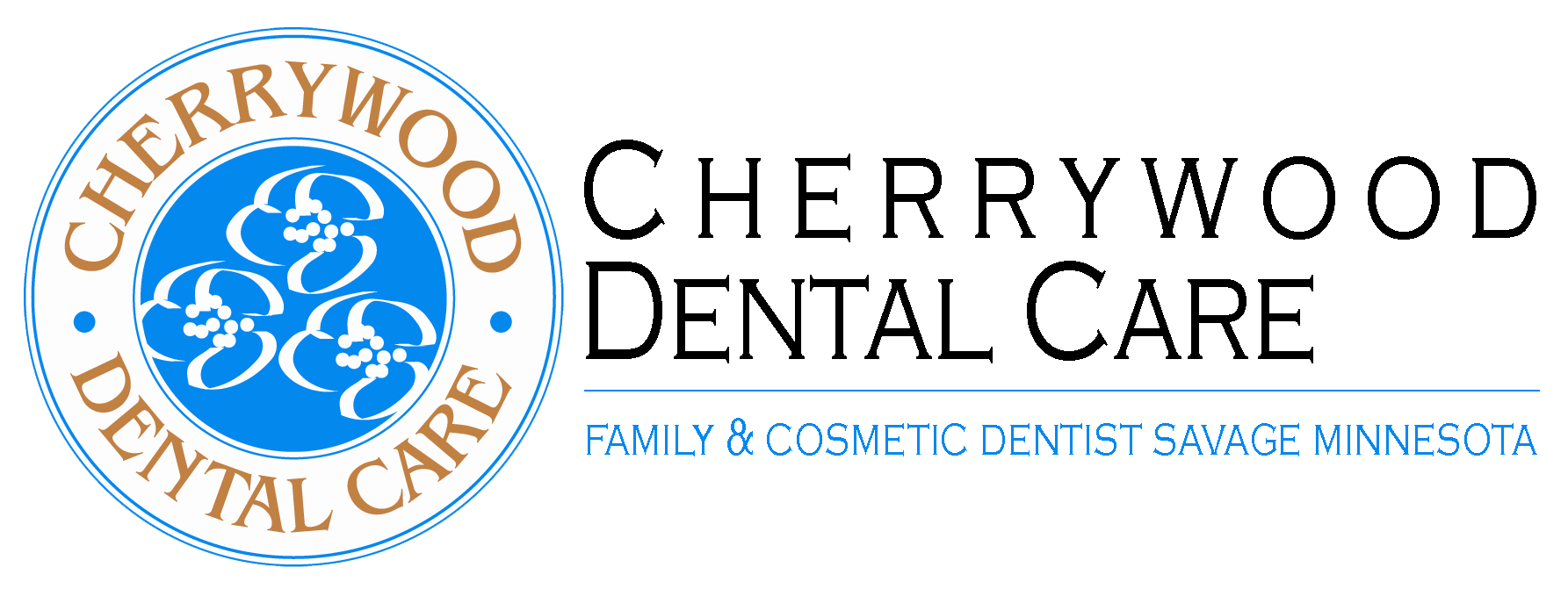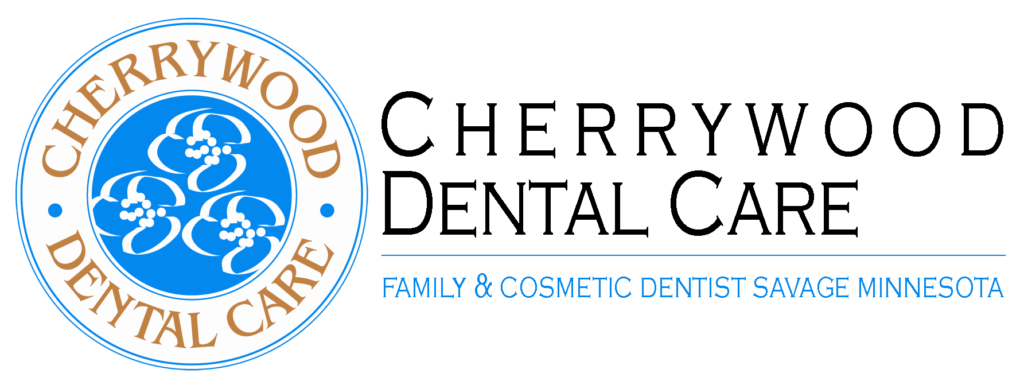What Are Dental Sealants?
An example of a dental sealant would be like wearing a raincoat in wet weather. The purpose of the raincoat is to keep yourself dry. Another simple example is applying a coat of wax on a vehicle to protect the paint. Another is to apply varnish on a piece of furniture to protect the wood finish. A dental sealant is just like all of those. When applied, it can protect the outer enamel surface of the tooth for several years from getting cavities. Let us look at why you might consider getting dental sealants, the effortless process itself, and the benefits for all ages, but primarily children.
Why Consider a Dental Sealant?
There are millions of bacteria in our mouths every hour of every day. These bacteria play a vital role in helping with your food digestion. But when allowed to accumulate on your teeth for a period, it forms a sticky substance called plaque. This plaque immediately begins releasing acids that attack the enamel of your teeth, causing a cavity. This is the primary reason the health industry strongly suggests that you brush your teeth twice daily for two minutes each time to remove that harmful plaque. You are also asked to floss between your teeth to reach areas that the brush cannot. Even if you do an outstanding job, there will always be a surface or two you simply cannot reach. Often, these are your molars in the back of your mouth.
How Does the Dental Sealant Work?
The dental sealant procedure is extremely simple. First, the teeth must be professionally cleaned, then an acid-like gel is brushed on. Then this is rinsed off, and when the teeth are dry, the plastic-like sealant is carefully brushed on the teeth. The sealant will flow into tiny cracks, crevasses, pits, and holes that are susceptible to forming cavities. Then it is hardened with a blue ultraviolet light.
Will Dental Sealants Benefit All Ages?
Dental sealants are quite often applied to children’s teeth. They just do not have the proper oral hygiene habits in methodically brushing day after day, removing the damaging plaque. Research has proven that children between the ages of 6 and 14, without having dental sealants applied, have a three times greater chance of getting a cavity than those who have had them applied. The protective sealant prohibits the development of decay in those tiny depressions, fissures, and grooves of the premolars and molars that the children cannot reach with their brushing. The hard-plastic coating can then last for around 10 years.
Dental sealants can work for adults as well. It is a terrific preventive measure to help maintain the health and condition of your teeth. The sealant works on any surface of the tooth, but is most successful on the chewing surface. A dental sealant is not a substitute for proper oral hygiene. In addition to maintaining your at-home oral hygiene efforts, you should always schedule preventative dental examinations every six months to monitor the condition of your teeth and gums. You can inquire at the time about the possibility of having a dental sealant applied to your teeth. Healthy teeth, healthy smile.

